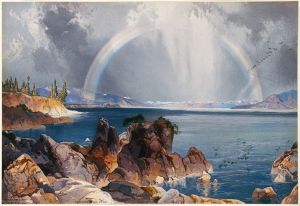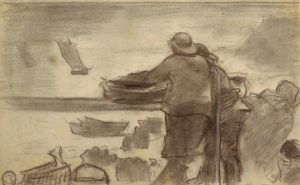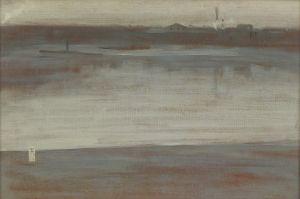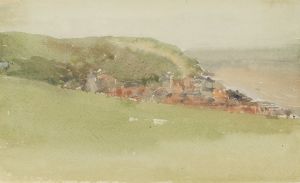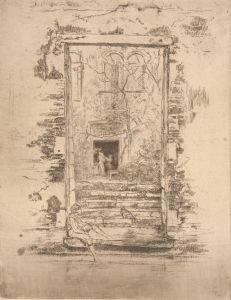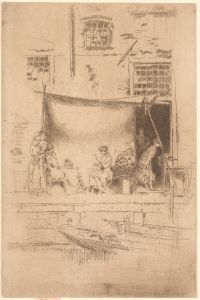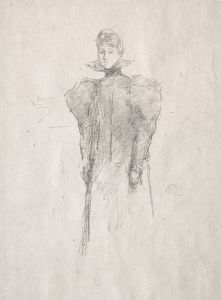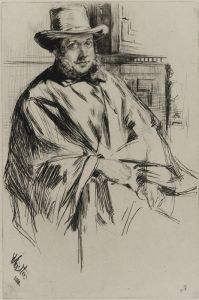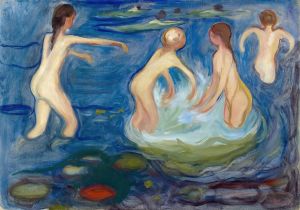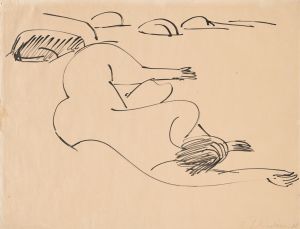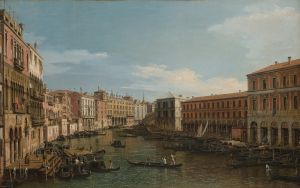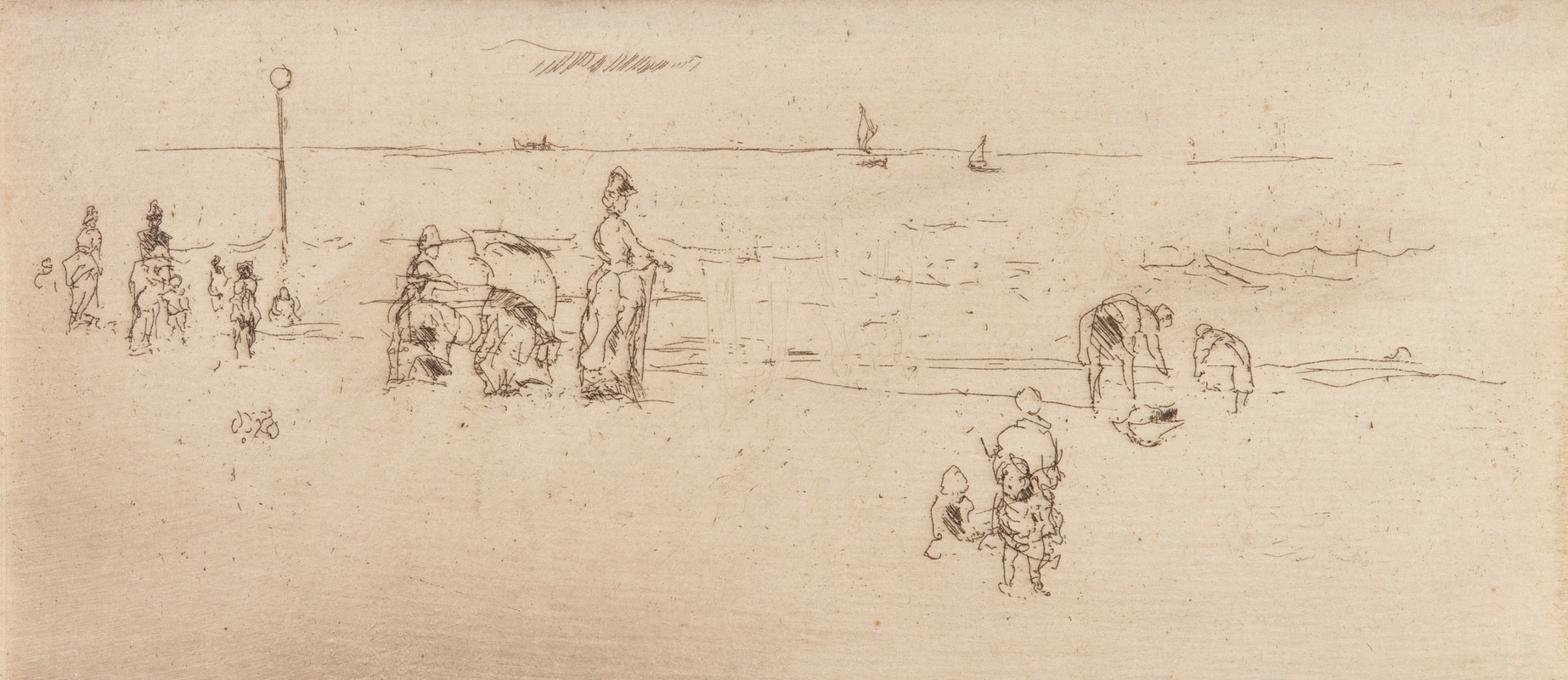
The Beach, Ostend
A hand-painted replica of James Abbott McNeill Whistler’s masterpiece The Beach, Ostend, meticulously crafted by professional artists to capture the true essence of the original. Each piece is created with museum-quality canvas and rare mineral pigments, carefully painted by experienced artists with delicate brushstrokes and rich, layered colors to perfectly recreate the texture of the original artwork. Unlike machine-printed reproductions, this hand-painted version brings the painting to life, infused with the artist’s emotions and skill in every stroke. Whether for personal collection or home decoration, it instantly elevates the artistic atmosphere of any space.
James Abbott McNeill Whistler was an American artist known for his significant contributions to the art world during the 19th century. One of his lesser-known works is "The Beach, Ostend," which reflects his unique style and artistic vision. Whistler was a proponent of "art for art's sake," emphasizing the aesthetic experience over narrative content in his works.
"The Beach, Ostend" is a painting that captures the serene and atmospheric quality of the Belgian seaside town of Ostend. Whistler visited Ostend in the late 19th century, a period during which the town was a popular resort destination. The painting is an example of Whistler's ability to convey mood and atmosphere through subtle color palettes and composition.
Whistler's approach to painting was heavily influenced by his belief in the harmony of color and form. In "The Beach, Ostend," he employs a muted color scheme, using soft blues, grays, and sandy tones to evoke the tranquil and breezy environment of the beach. This choice of color reflects Whistler's interest in creating a harmonious and balanced composition, a hallmark of his artistic philosophy.
The composition of "The Beach, Ostend" is characterized by its simplicity and elegance. Whistler often focused on capturing the essence of a scene rather than its detailed representation. In this painting, he uses broad, sweeping brushstrokes to suggest the expanse of the beach and the gentle movement of the sea. The horizon line is placed high in the composition, drawing the viewer's eye towards the sky and emphasizing the vastness of the coastal landscape.
Whistler's technique in this painting demonstrates his mastery of tonal harmony. He was known for his ability to create depth and atmosphere through the use of subtle gradations of color. In "The Beach, Ostend," the interplay of light and shadow is delicately rendered, capturing the ephemeral quality of the seaside light. This technique is indicative of Whistler's broader artistic practice, where he often sought to capture the fleeting effects of light and atmosphere in his work.
"The Beach, Ostend" also reflects Whistler's interest in Japanese art, which had a profound influence on his style. The simplicity of the composition and the emphasis on tonal harmony are reminiscent of Japanese woodblock prints, which Whistler admired for their elegance and restraint. This influence is evident in the way he simplifies forms and focuses on the overall mood of the scene rather than intricate details.
While "The Beach, Ostend" may not be as widely recognized as some of Whistler's other works, such as "Arrangement in Grey and Black No. 1" (commonly known as "Whistler's Mother"), it nonetheless exemplifies his artistic principles and his ability to convey emotion through subtle means. The painting is a testament to Whistler's skill in capturing the beauty of the natural world and his dedication to the aesthetic experience.
In summary, "The Beach, Ostend" by James Abbott McNeill Whistler is a work that encapsulates the artist's commitment to tonal harmony, simplicity, and the evocation of mood. Through his use of color, composition, and technique, Whistler creates a serene and atmospheric depiction of the Ostend beach, reflecting his broader artistic philosophy and the influences that shaped his work.






